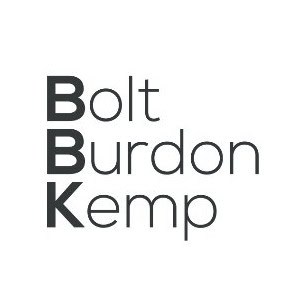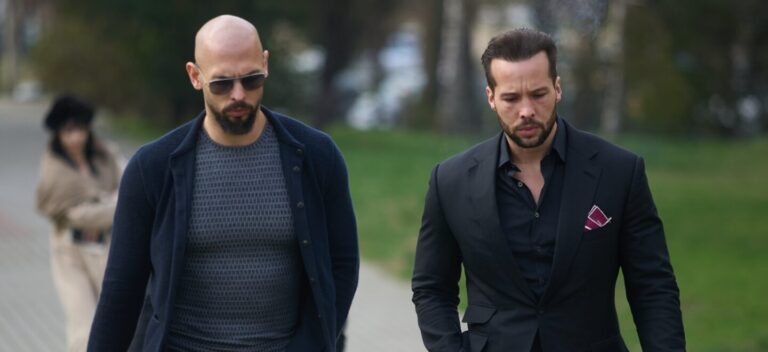Subarachnoid Haemorrhage and the Emilia Clarke story
Speaking publicly for the first time about her subarachnoid haemorrhage (SAH), Emilia Clarke – most famously known as Daenerys Targaryen to us Game of Thrones fans – has described how she almost lost her life. Knowing nothing about the condition before, her aim is to create awareness and support through her charity “SameYou”.
It was February 2011 and Emilia had started her day as usual. Although she had a slight headache, she went to the gym and began to work out. Suddenly she felt faint, and as though ‘an elastic band were squeezing [her] brain’. She was rushed to hospital where an MRI revealed that she suffered a subarachnoid haemorrhage due to a ruptured aneurysm. After three hours of brain surgery, she woke up in unbearable pain with a tube down her throat – knowing that her life would never be the same.
“Just when all my childhood dreams seemed to have come true, I nearly lost my mind…and then my life”
Emilia developed aphasia in the fortnight following surgery: this is the inability to understand or produce speech after brain injury. When asked for her name she replied with a jumble of nonsense words. This is the moment when panic really set in – she couldn’t answer simple questions let alone recite her lines or continue with her dream career. For some brain injury survivors, aphasia can be a long-term effect but -fortunately for Emilia – hers began to disappear within a week.
After a month in the National Hospital for Neurology and Neurosurgery, being moved in and out of the ICU, it was ‘back to work’ for the mother of dragons – despite the pain and strong medication, filming for the new GOT had to commence. However, it wasn’t ‘back to normal’ for Emilia: with the constant nausea, shortness of breath and severe exhaustion, the once active and bubbly Emilia thought she was going to die.
Due to a second dormant aneurysm on her brain, she had to go for routine brain scans. Attending an appointment two years later in New York, the scan revealed that the aneurysm had doubled in size and the doctors advised that a simple operation could help. She woke up in excruciating pain – the operation had failed and her brain was bleeding, they had to operate through her skull.
This time she woke up with a drain coming out of her head, bits of her skull replaced with titanium and a giant scar from her scalp to her ear. Would she ever look the same again? Would she be the same person? These were the questions running through her head throughout her months’ stay in hospital, causing her anxiety, on top of the pain.
What is a subarachnoid haemorrhage?
An SAH is a sudden leak of blood over the surface of the brain, increasing the pressure within the skull and damaging the surrounding area of the brain. The most common cause is a ruptured brain aneurysm: a bulge in a blood vessel caused by a weakness in the blood vessel wall. Other causes could be a traumatic head injury or the rupturing of an abnormal knot of blood vessels.
The most common symptom is a ‘thunderclap headache’ – a severe and sudden headache that often occurs at the back of the head, described as the worst headache people have ever experienced. Other symptoms can include feeling nauseous, having a stiff neck and sensitivity to light.
SAHs are often fatal, so if one is suspected it is essential that medical attention is sought.
Is a subarachnoid haemorrhage treatable or preventable?
Once an SAH is diagnosed following a CT scan, the short-term complications of the aneurysm can be alleviated through pain relief medication and nimodipine (which reduces the bleeding).
A more long-term solution for an SAH caused by a ruptured aneurysm can be coiling – sealing the aneurysm from the main artery using a catheter – or clipping in which a tiny metal clip is clamped to base of the aneurysm, sealing it.
Although it is not fully preventable, it is thought that one can increase the risk of an SAH through factors such as:
- High blood pressure
- Smoking
- Excessive alcohol consumption
Emilia was fortunate enough to have the support of her family, friends and (now) fans to help her on her road to recovery. Having a support network is essential, and charities such as Headway do a great job in helping to rehabilitate those affected by brain injuries.
Victoria Moore is a paralegal in the Adult Brain Injury team at Bolt Burdon Kemp. If you or a loved one have a claim you can contact Victoria free of charge and in confidence on 020 3973 5001 or at victoriamoore@boltburdonkemp.co.uk. Alternatively, complete this form and one of the solicitors in the Adult Brain Injury team will contact you. Find out more about the Adult Brain Injury team here.










